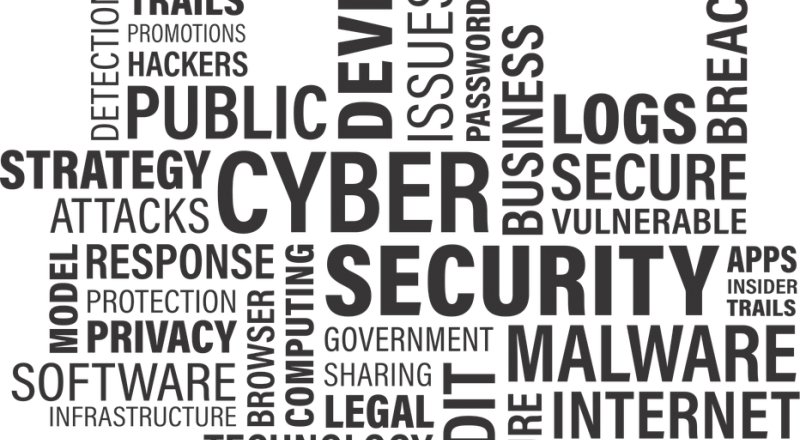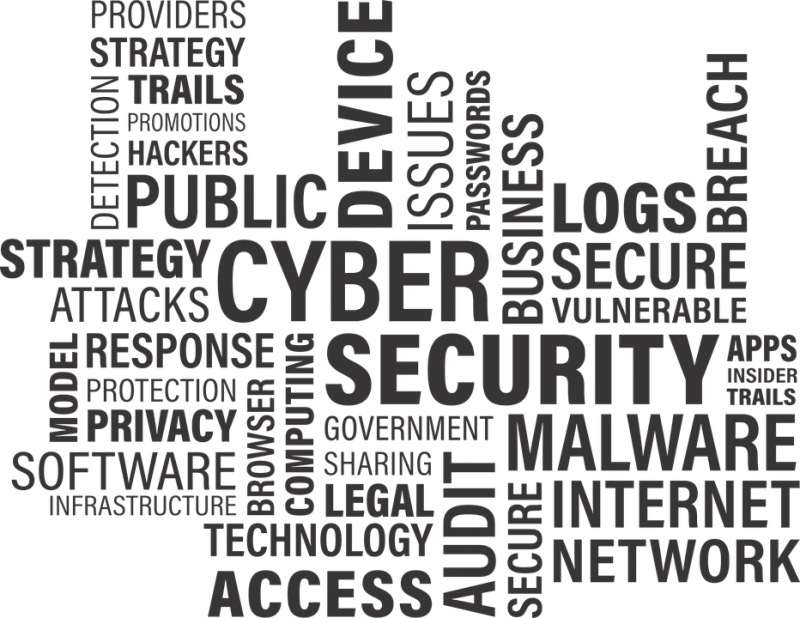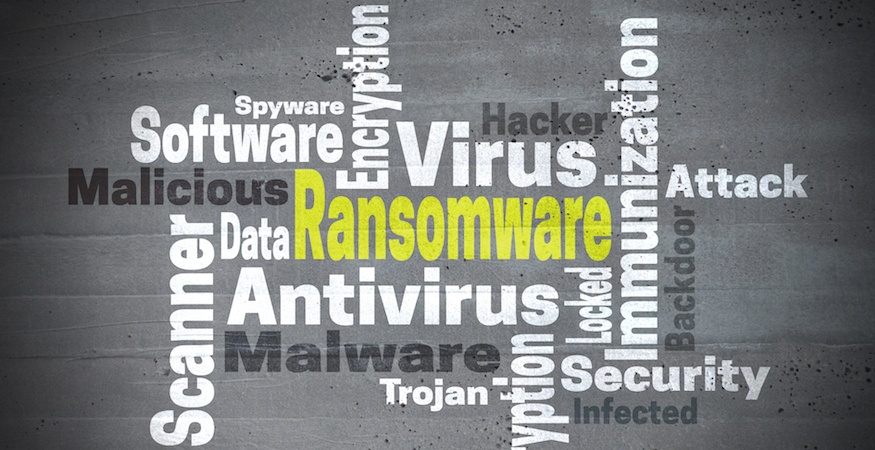
Every business is unique. This is especially true when it comes to IT infrastructures. That’s why any new starters in your business need an IT induction.
It would be foolish to assume that a working knowledge of Microsoft Office is enough for a new employee to log on to your network. Each and every computer network differs in untold ways. And this means that new starters need to understand what they’re logging on to. Unfortunately, many organizations fail to grasp this fact. The end result is usually chaos and disruption.
A good IT induction can help your business avoid these setbacks by educating your employees on the best practices for your network. In particular, an IT induction can be used in the following ways:
- Setting up Accounts: A new employee will need to create user accounts and passwords to access your network. During an induction you can take the employee through the account setup process and demonstrate how to log on correctly. There’s nothing worse for productivity than a locked user account, so it’s crucial that this process is thoroughly explained. And don’t forget to advise employees on the best password practices.
- Underline Your Policies: It’s important to set out your IT policies from the very start. For example, access to the internet for personal use may only be acceptable during breaks. And social media access may be completely restricted. Another key point to raise during the induction is your company’s policy on external devices. It’s increasingly popular for employees to bring their own devices to work in order to maximize productivity, but there’s also a major security risk with USB devices. An IT induction allows you to tackle this early on.
- Educate on Cyber-Security: The threat of malware, ransomware and viruses isn’t unique to your business. However, the importance of good cyber-security needs to be established before a new employee logs on to your network. It may be that they’ve heard it all before, but a quick refresher is never going to harm anyone. Therefore, take the opportunity of an IT induction to go through the most common security threat. And, for extra assurance, invest in a training application which tests new employees’ aptitude with cyber-security.
- Highlight the Employee’s Duties: Every employee within your business should be expected to demonstrate a certain level of duty when it comes to your IT infrastructure. It’s vital that they understand what is and isn’t expected. For example, they should be expected to memorize their passwords rather than writing them on post-it notes and attaching them to their screen. However, they should not be expected to fix hardware issues – processes need to be set out on how employees escalate these issues to IT professionals.
If you can establish a firm induction policy that covers all bases then you’re placing your business in a fantastic position. Not only can it help protect the security of your network, but it also allows you and your employees to get the best out of the network. And this can deliver a very welcome boost to productivity levels throughout your organization.
For more ways to secure and optimize your business technology, contact your local IT professionals.
Read More















